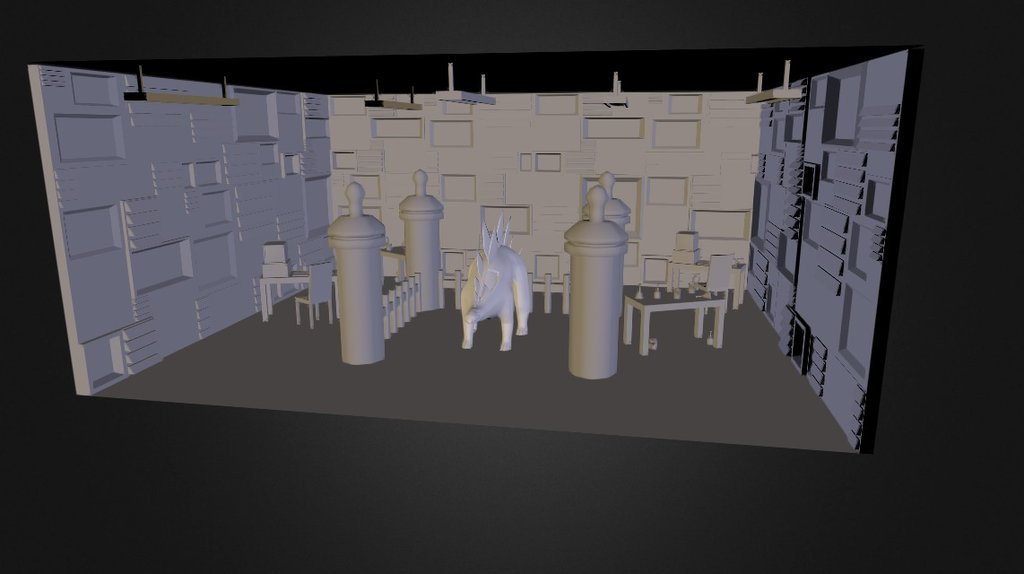
UlrichProject3
sketchfab
The human body is a complex and intricate machine that has been studied extensively by scientists and researchers. It is made up of many different systems, each of which plays a vital role in maintaining overall health and well-being. The human brain is the control center of the body, responsible for controlling all bodily functions, including movement, sensation, perception, and cognition. It is also responsible for regulating various bodily processes such as heart rate, breathing, and digestion. The human nervous system is made up of two main parts: the central nervous system (CNS) and the peripheral nervous system (PNS). The CNS includes the brain and spinal cord, while the PNS consists of nerves that connect the CNS to the rest of the body. The human circulatory system, also known as the cardiovascular system, is responsible for transporting blood throughout the body. It is made up of the heart, arteries, veins, and capillaries. The heart pumps blood through the arteries, which branch off into smaller vessels called arterioles, eventually leading to tiny capillaries where oxygen and nutrients are exchanged with the body's cells. The human digestive system is responsible for breaking down food into nutrients that can be absorbed by the body. It includes the mouth, esophagus, stomach, small intestine, and large intestine. The human endocrine system is a network of glands that produce hormones, which are chemical messengers that help regulate various bodily functions such as growth, metabolism, and reproductive processes. The human immune system protects the body from invading pathogens such as bacteria, viruses, and other foreign substances. It includes various organs and tissues such as the skin, lymph nodes, spleen, and bone marrow. The human muscular system is made up of skeletal muscles, smooth muscles, and cardiac muscle. Skeletal muscles are responsible for voluntary movements, while smooth muscles regulate involuntary movements such as digestion and blood pressure. The human nervous system plays a crucial role in controlling various bodily functions, including movement, sensation, perception, and cognition. It consists of the central nervous system (CNS) and the peripheral nervous system (PNS). The human reproductive system is responsible for producing sex cells and supporting the development of a fertilized egg into a baby. In females, the ovaries produce eggs while in males, the testes produce sperm. The human respiratory system is responsible for bringing oxygen into the body and removing carbon dioxide through breathing. It includes the lungs, trachea, bronchi, and diaphragm. The human skeletal system provides support and structure to the body, allowing us to move and maintain our posture. It consists of 206 bones that are connected by joints and ligaments. The human urinary system is responsible for removing waste and excess fluids from the body through urination. It includes the kidneys, ureters, bladder, and urethra. The human visual system allows us to see and perceive the world around us. It includes the eyes, optic nerves, and brain.
With this file you will be able to print UlrichProject3 with your 3D printer. Click on the button and save the file on your computer to work, edit or customize your design. You can also find more 3D designs for printers on UlrichProject3.
